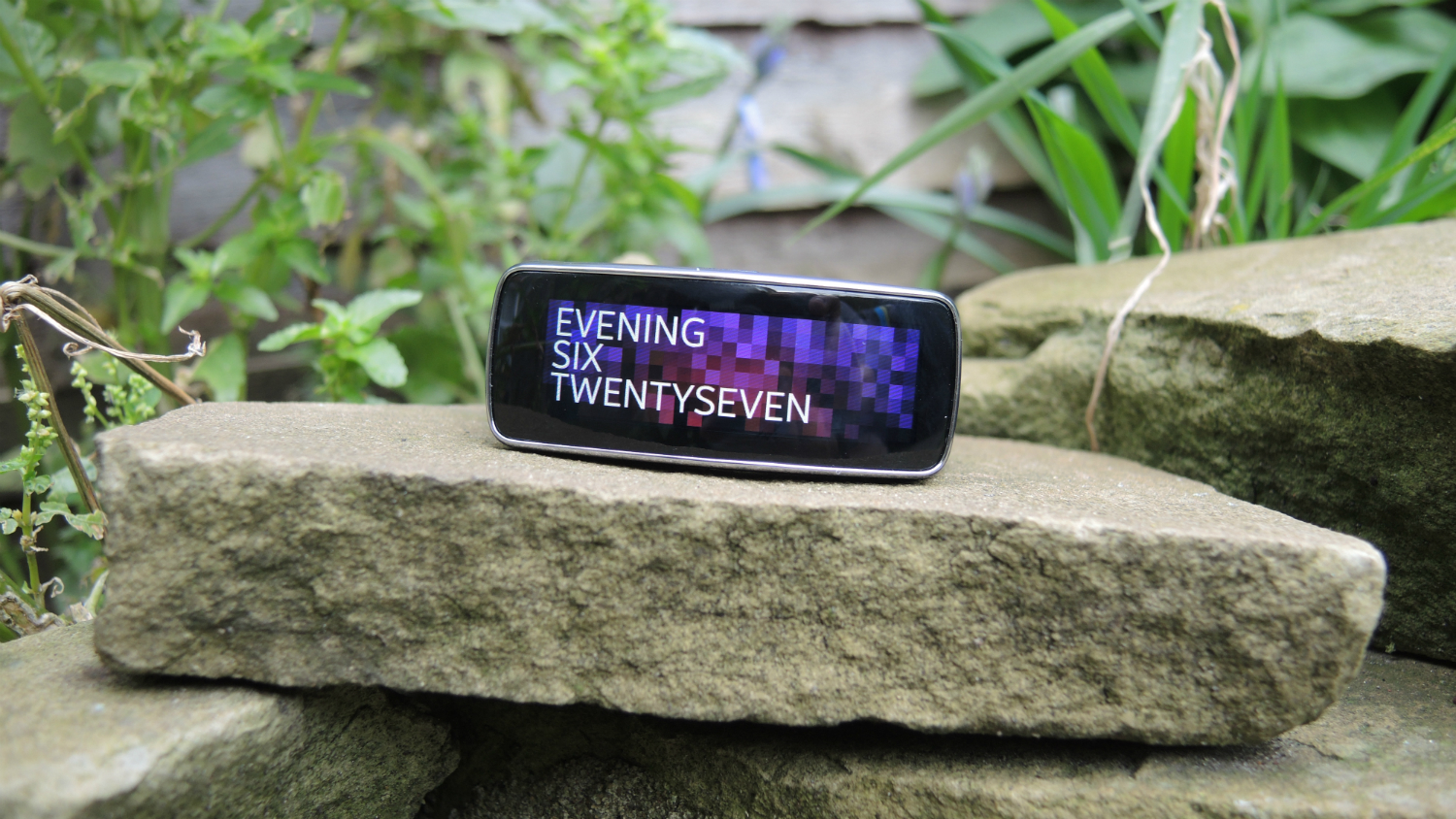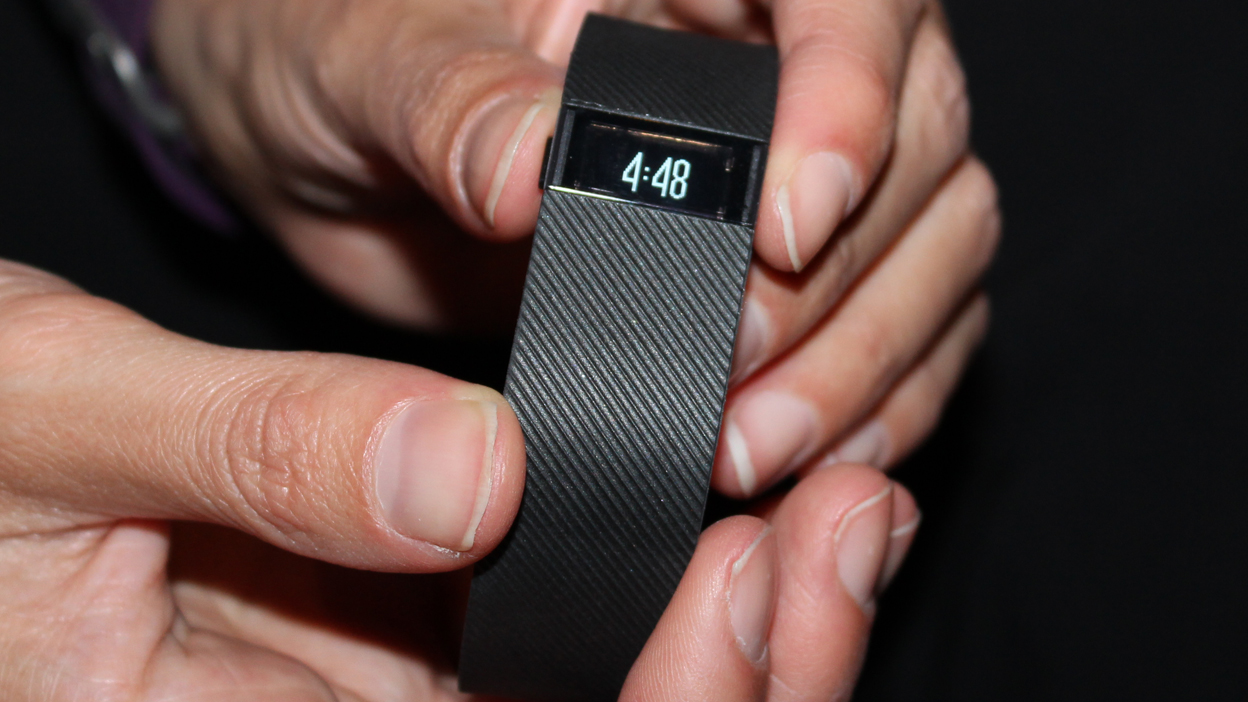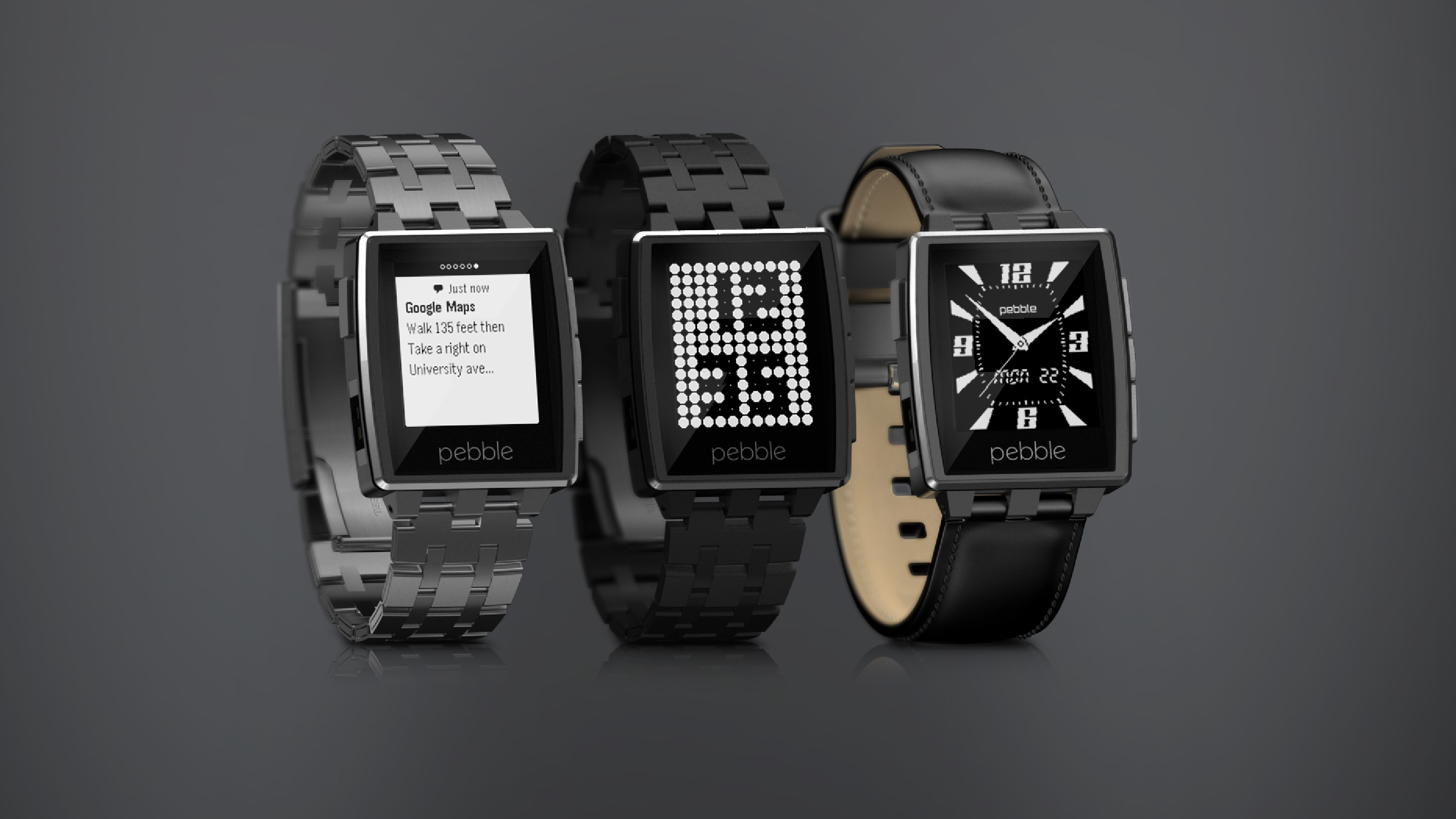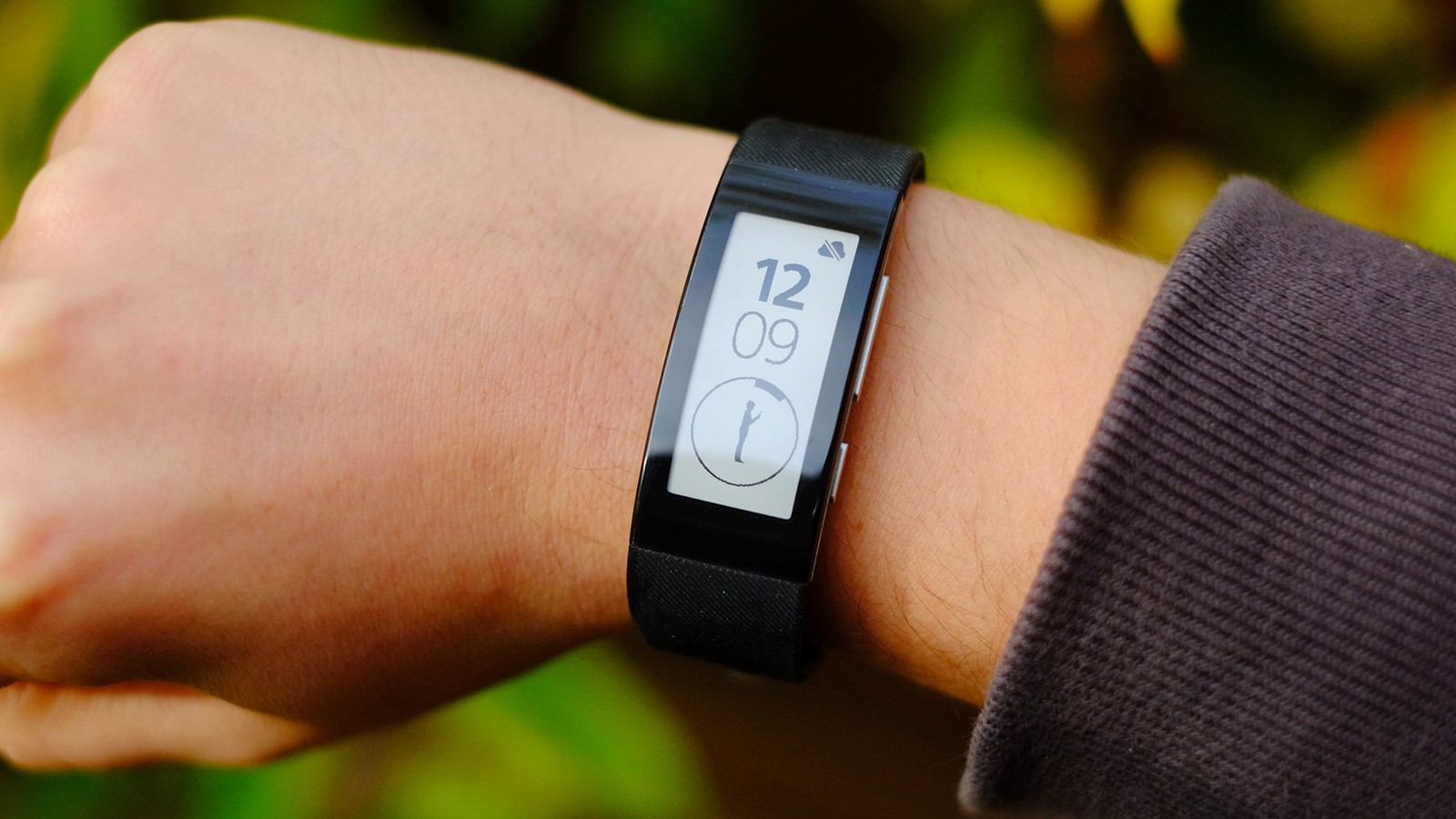Why you can trust TechRadar
Samsung Gear Fit
The Samsung Gear Fit offers a much snazzier-looking colour OLED screen and has a heart rate sensor, while getting you fairly similar smart features.
However, it doesn't really compare to the Talk in terms of sheer immediacy when you pare the Sony down to its basics, and the lighter Sony band 'disappears' on your wrist much more easily. Battery life is around the same for both bands: about three days of solid use.

- Read our full Samsung Gear Fit review
Fitbit Charge/Flex
Fitbit offers several wrist-worn fitness trackers, including the Fitbit Flex and Charge. The main difference is that the Charge uses a full (but tiny) OLED display while the Flex just has little pips that tell you how close you are to reaching your daily steps target.
You don't get the notifications and smartwatch features with a Fitbit, but both offer better third-party app support and the Charge has an altimeter.

- Read our full Fitbit Flex and Fitbit Charge review
Pebble watch
There are two Pebble watches, the original and the Steel version, but thanks to its lower price the original is probably the fiercer rival for the SmartBand Talk.
It offers a similar style and similar hardware, with a slightly chunkier design. Smart features are similarly simple, but the slightly greater four to five day battery life and cheaper price are big wins for the Pebble. Those feeling flush may want to try out the seven-day-stamina Pebble Steel.

- Read our full original Pebble and Pebble Steel review
LG G Watch R
How about an Android Wear watch like the LG G Watch R? It'll let you participate in the smartwatch revolution to an extent that the SmartBand Talk simply won't.
Sign up for breaking news, reviews, opinion, top tech deals, and more.
You'll get far more advanced integration with your phone than the Sony provides. However, watches like the G Watch R can seem like work-in-progress efforts, mostly because of their battery life.
With around 1.5 day stamina, current Android Wear watches won't actually outlast your phone.

- Read our full LG G watch R review
Sony SmartBand SWR10
Sony also makes a much more affordable band, the SWR10. This takes out most features, and doesn't have a display.
Instead, you get fitness tracking that syncs in the background with your phone, and a vibrate function that pipes-up whenever you get a call or text. It's basic and sadly doesn't replace a watch. However, it does cost £50 (around $75, AU$95) making it a bit of a bargain.

Andrew is a freelance journalist and has been writing and editing for some of the UK's top tech and lifestyle publications including TrustedReviews, Stuff, T3, TechRadar, Lifehacker and others.
